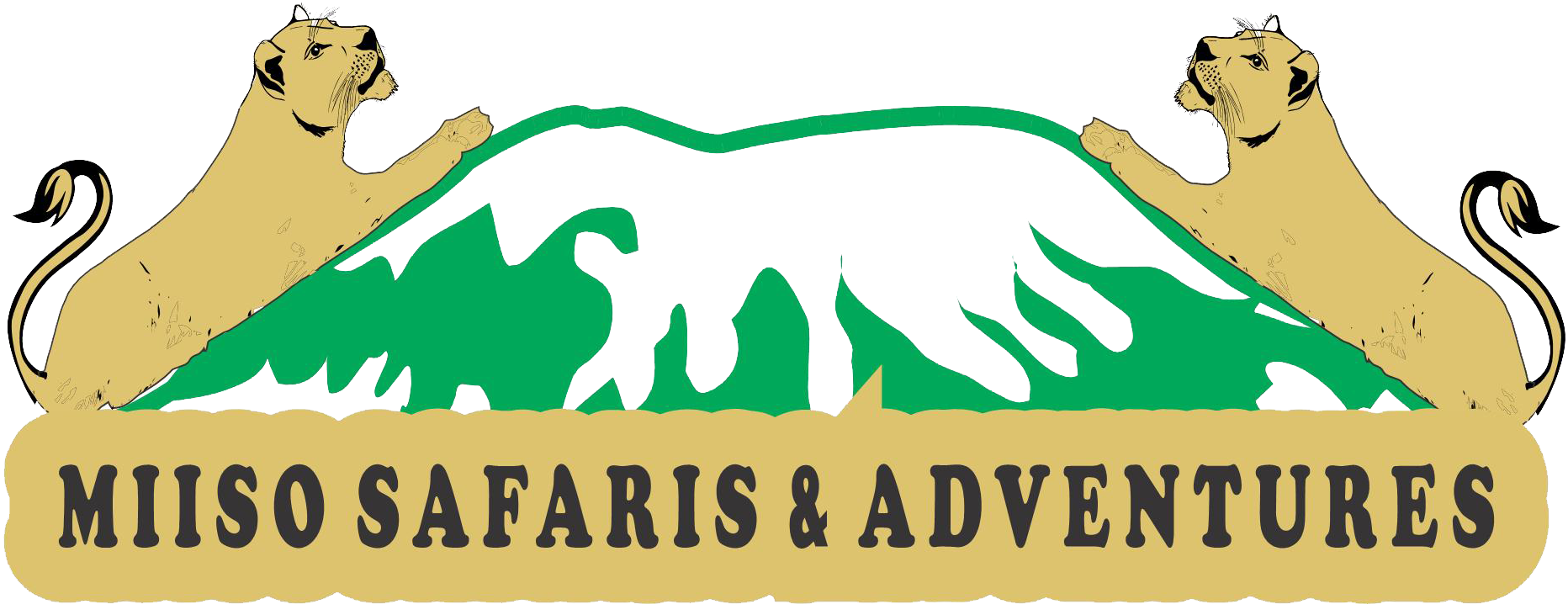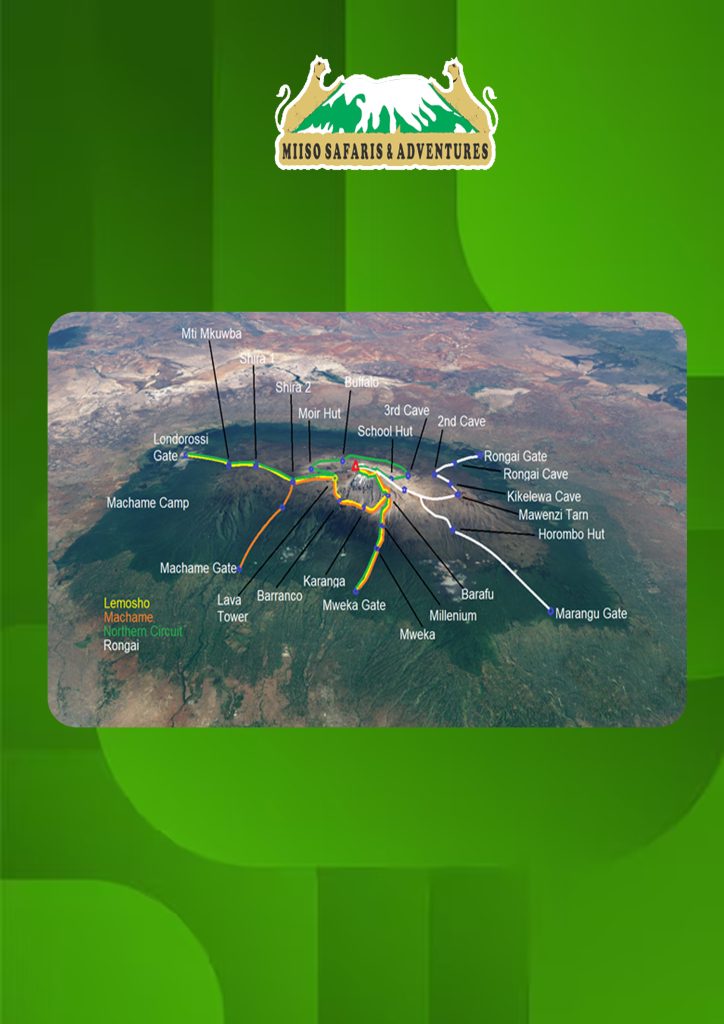Author: Joyce Emmanuel
Cultural Tourism In Tanzania
- Post author By Joyce Emmanuel
- Post date May 3, 2024
- No Comments on Cultural Tourism In Tanzania
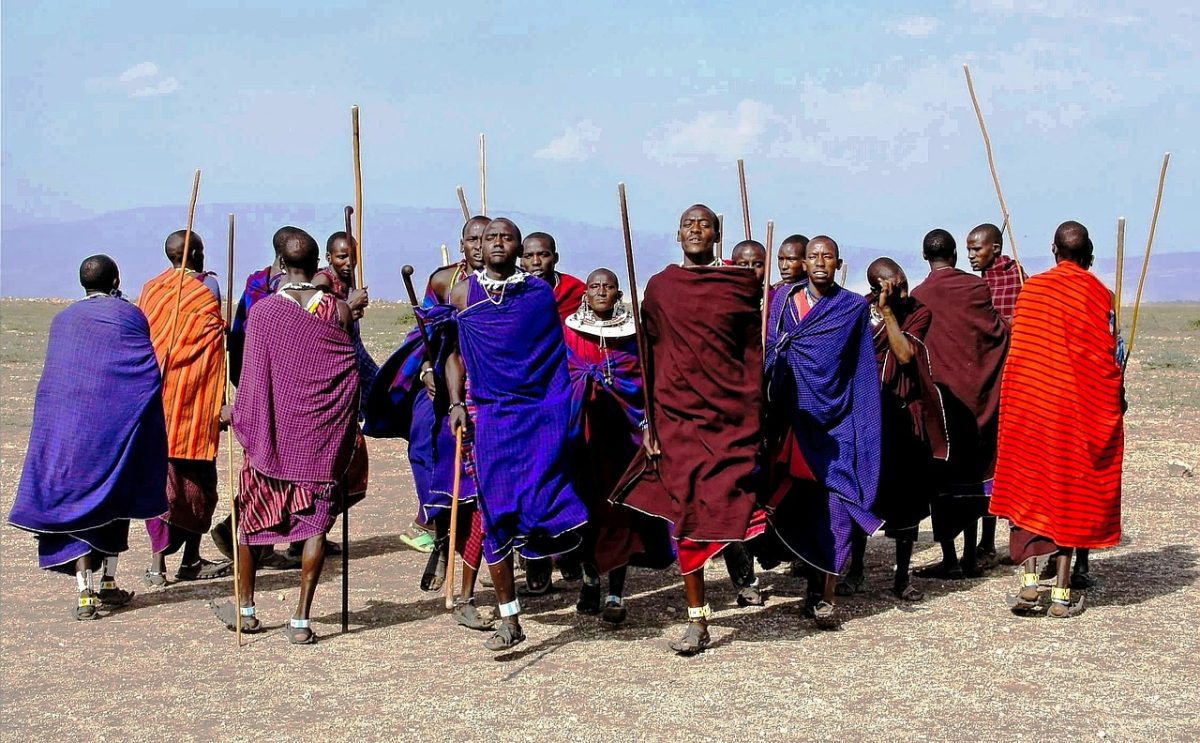
Cultural Tourism Tanzania
Tanzania is not only renowned for its wildlife and natural beauty but also for its rich cultural heritage. Cultural tourism in Tanzania offers visitors the opportunity to immerse themselves in the traditions, customs, and lifestyles of its diverse ethnic groups. Here are some highlights of cultural tourism in Tanzania:
1. Maasai Culture: The Maasai people are perhaps the most iconic ethnic group in Tanzania, known for their distinctive dress, jewelry, and pastoral way of life. Visitors can experience Maasai culture by visiting traditional villages, witnessing traditional ceremonies, and even participating in activities like spear throwing or traditional dances.
2. Sukuma Tribe: The Sukuma people are the largest ethnic group in Tanzania, primarily located in the northwestern region around Lake Victoria. Cultural tours to Sukuma villages offer insights into their agricultural practices, music, dance, and traditional healing methods.
3. Chagga Culture: The Chagga people inhabit the slopes of Mount Kilimanjaro and are known for their intricate irrigation systems, banana cultivation, and traditional wooden carvings. Cultural tours to Chagga villages provide opportunities to learn about their agricultural practices, visit coffee and banana plantations, and witness traditional ceremonies.
4. Hadzabe Tribe: The Hadzabe are one of Tanzania’s last remaining hunter-gatherer tribes, residing around Lake Eyasi in the northern part of the country. Cultural tours with the Hadzabe offer insights into their unique way of life, including hunting techniques, gathering practices, and traditional rituals.
5. Swahili Culture: Along the coast of Tanzania, visitors can explore the vibrant Swahili culture, which has been influenced by centuries of trade and interaction with Arab, Indian, and European traders. Stone Town in Zanzibar is a UNESCO World Heritage Site renowned for its Swahili architecture, spice markets, and rich history.
6. Makonde Carvings: The Makonde people, primarily located in southern Tanzania, are renowned for their intricate wood carvings depicting traditional myths, legends, and everyday life. Visitors can witness the carving process and purchase authentic Makonde artwork as souvenirs.
7. Cultural Festivals: Throughout the year, Tanzania hosts various cultural festivals celebrating music, dance, art, and traditional customs. These festivals offer opportunities for visitors to engage with local communities and experience the vibrancy of Tanzanian culture firsthand.
Cultural tourism in Tanzania not only provides enriching experiences for visitors but also contributes to the preservation and promotion of Tanzania’s diverse cultural heritage.
Tanzania Wildlife Safari
- Post author By Joyce Emmanuel
- Post date May 3, 2024
- No Comments on Tanzania Wildlife Safari
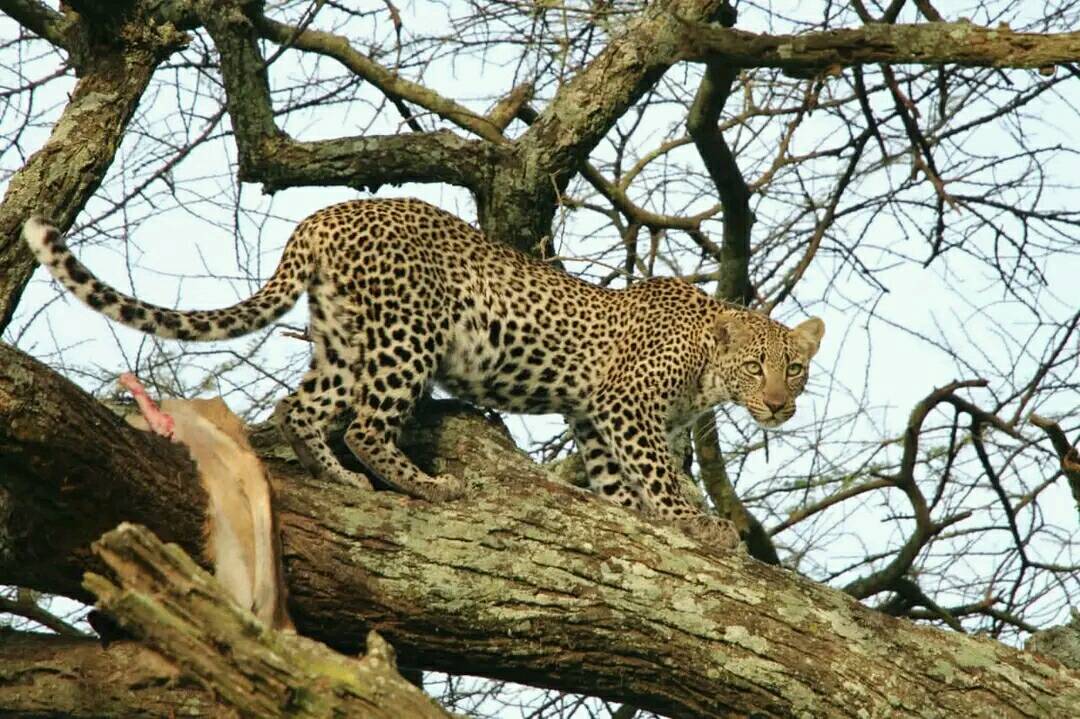
Tanzania Wildlife Safari
Tanzania is renowned for its incredible wildlife safaris, offering visitors the opportunity to witness some of the most spectacular animal migrations and diverse ecosystems on the planet. Here’s a glimpse into the wildlife you might encounter on a safari in Tanzania:
1. The Big Five: Tanzania is home to all of Africa’s Big Five game animals: lions, elephants, buffalo, leopards, and rhinoceros (both black and white). These iconic species can be found in various national parks and game reserves across the country.
2. Great Wildebeest Migration: One of the most awe-inspiring wildlife spectacles in the world occurs in Tanzania’s Serengeti National Park and the adjacent Maasai Mara Reserve in Kenya. Millions of wildebeest, zebras, and gazelles undertake an annual migration in search of fresh grazing lands, crossing perilous rivers and facing predators along the way.
3. Birdlife: Tanzania is a paradise for birdwatchers, with over 1,100 bird species recorded across its diverse habitats. From the flamingos of Lake Manyara to the eagles of the Serengeti, bird enthusiasts will delight in the rich avian diversity.
4. Primates: Tanzania is home to several primate species, including chimpanzees, baboons, and various monkey species. Gombe Stream and Mahale Mountains National Parks are renowned for their chimpanzee populations, offering visitors the chance to observe these intelligent creatures in their natural habitat.
5. Giraffes and Zebras: Tanzania’s savannah landscapes are dotted with graceful giraffes and striped zebras, providing stunning photographic opportunities against the backdrop of the African wilderness.
6. Hippos and Crocodiles: The rivers and waterways of Tanzania, such as the Rufiji River in the Selous Game Reserve and the Grumeti River in the Serengeti, are teeming with hippos and crocodiles. Boat safaris offer a unique perspective on these aquatic giants.
These are just a few highlights of the incredible wildlife that awaits visitors on a safari in Tanzania. Whether you’re exploring the vast plains of the Serengeti, the ancient forests of Gombe, or the crater floor of Ngorongoro, Tanzania offers an unforgettable safari experience for wildlife enthusiasts of all ages.
The Roof of Africa
- Post author By Joyce Emmanuel
- Post date May 3, 2024
- No Comments on The Roof of Africa
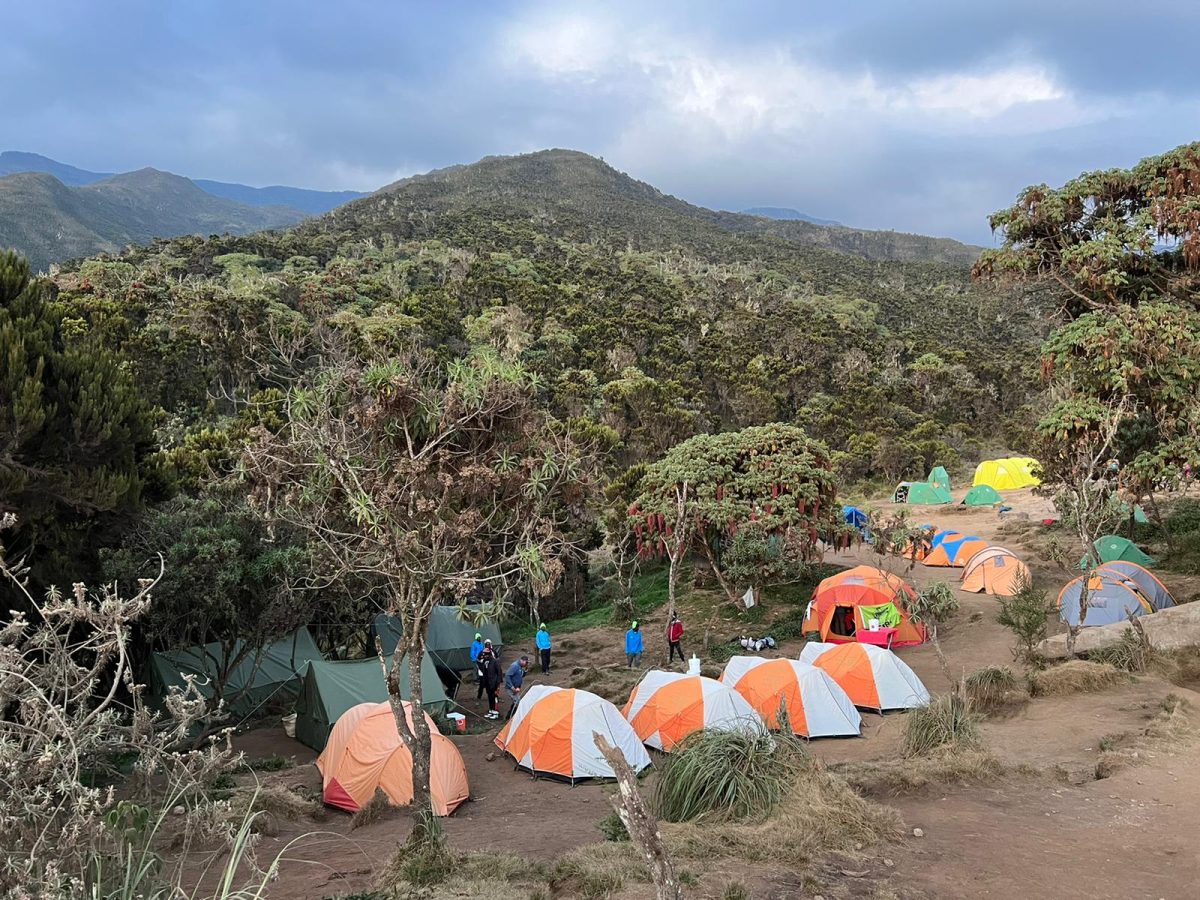
The Roof Of Africa (Kilimanjaro Mountain)
Kilimanjaro, often dubbed the “Roof of Africa,” is Africa’s highest peak and one of the most iconic mountains globally. Located in Tanzania, it stands majestically at 5,895 meters (19,341 feet) above sea level. This towering volcanic mountain is a dormant stratovolcano, composed of three cones: Kibo, Mawenzi, and Shira.
Kilimanjaro’s diverse ecosystems range from lush rainforests at the base to alpine deserts nearer the summit, offering climbers a unique journey through various climates and landscapes. The climb to its summit, Uhuru Peak, is a challenging yet rewarding adventure, attracting thousands of climbers each year.
Kilimanjaro holds cultural significance, inspiring awe and reverence among local tribes, including the Chagga people. Its slopes are dotted with diverse flora and fauna, including unique species like the Kilimanjaro tree hyrax.
Experiencing Kilimanjaro is not just about conquering its summit but also about immersing oneself in its rich natural beauty, cultural heritage, and the profound sense of accomplishment that comes with reaching the top of Africa.
